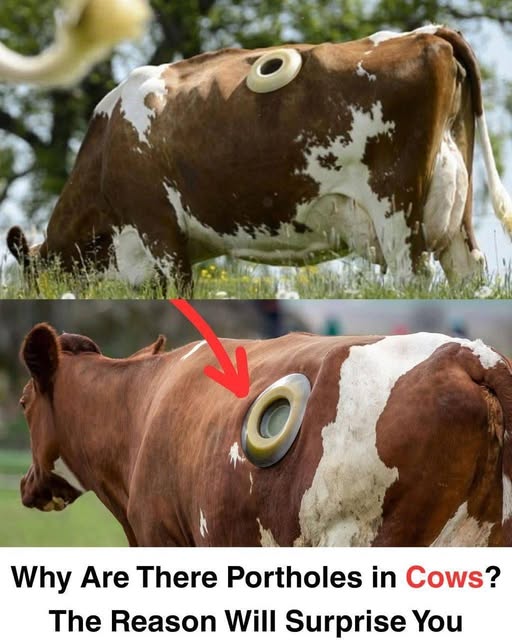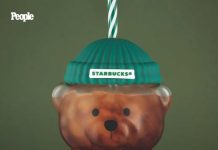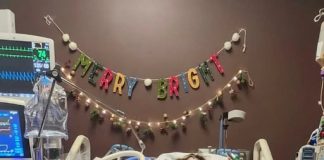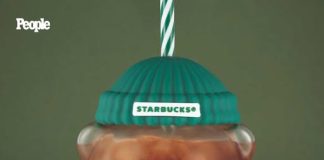In some farms and research facilities, you might notice a cow with what looks like a “window” or “hole” in its side. These cows are known as cannulated or fistulated cows. One of their stomach chambers — the large fermentation vat in ruminants known as the rumen — is fitted with a surgical port (a cannula) so that scientists, veterinarians or nutritionists can access that chamber directly.
How the Procedure Works
The procedure involves surgically inserting a flange-type cylinder into the cow’s side behind the last rib, stitching the rumen wall to the skin so that rumen contents don’t leak into the abdominal cavity, and capping the port to maintain the anaerobic environment of the rumen.
The cow heals from the procedure and lives her normal life with the cannula in place.
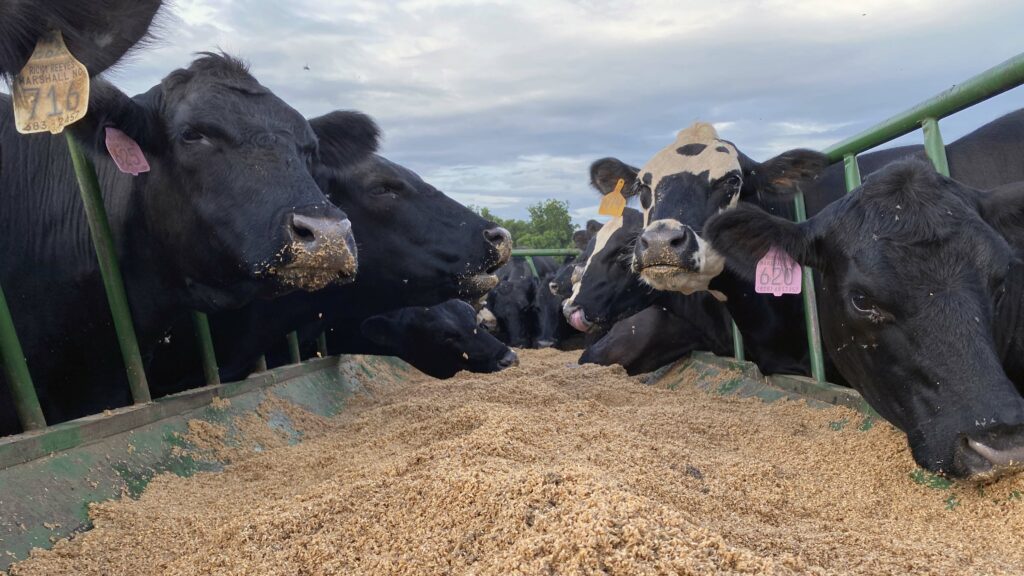
Why Do It? The Practical Purposes
There are several important reasons why farming, veterinary and research communities use cannulated cows:
- To study digestion: By accessing the rumen, researchers can observe how feed is broken down by microbes, how different diets affect fermentation, and how nutritional tweaks may improve productivity.
- To perform transfaunation: That is, transferring rumen fluid (microbes and fermentation mixture) from a healthy cow to one with digestive problems helps restore its microbial balance.
- To assist veterinary students and researchers: It provides a living “window” into the digestive system of a ruminant in a controlled way.
Ethical Aspects and Animal Welfare Concerns
While proponents argue that the animals do not suffer from the procedure and live normal lives, critics point to the invasive nature of the surgery and question whether the animal’s welfare is sufficiently protected. For example, institutions like People for the Ethical Treatment of Animals (PETA) describe the process as “removing a chunk of these animals’ abdomens to expose their stomachs.” Legal commentary notes that in the U.S., cattle used in such procedures are often not covered by the usual animal-research protections because they are classified as agricultural livestock rather than lab animals.
What Does It Mean for Farming and Research?
From a farming perspective, the use of cannulated cows has contributed to better understanding of feed efficiency, digestion, and health management of dairy and beef cattle. In research settings, it has produced data on how to avoid digestive disorders in cattle and improve their welfare and productivity. However, the practice also raises questions about the boundaries of using animals in intensive research and the transparency around procedures and consent (insofar as animals can be said to “consent”).
For the Public: What You Should Know
If you see images or videos of cows with obvious ports or holes in their sides:
- Understand that these are not accidental wounds but a deliberate surgical modification used in specific contexts (research farms, universities, nutritional studies).
- Know that the cow is usually fitted with a cap and the port is maintained under veterinary supervision, and that advocates claim the animal continues its normal life.
- Recognise that the ethical debate around the practice involves both animal-welfare views and agricultural-research imperatives.
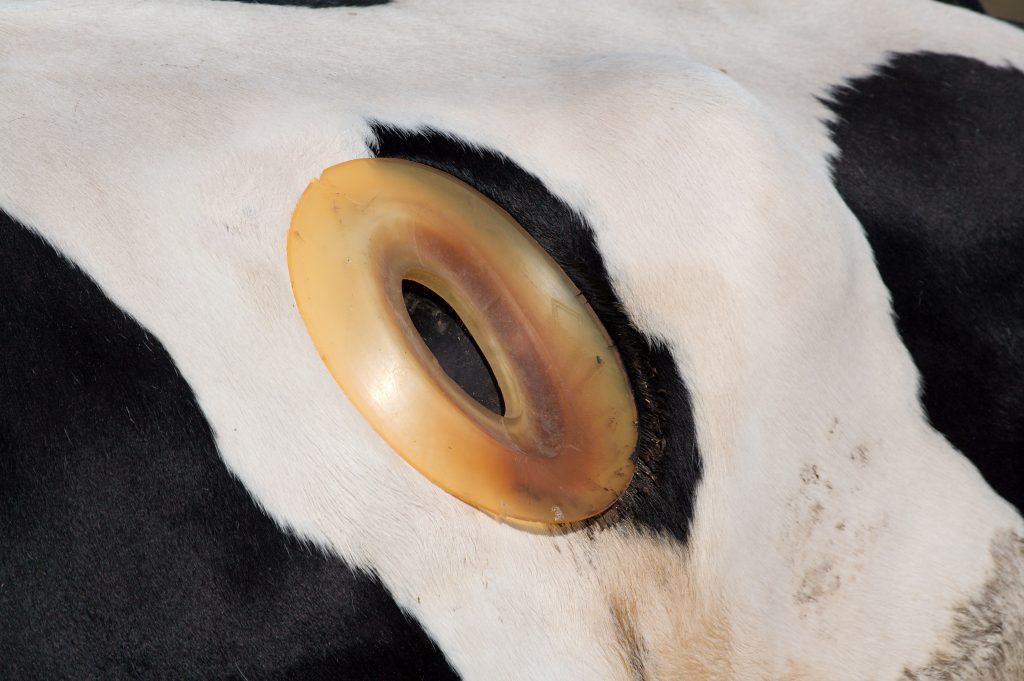
Final Thoughts
The “porthole cow” phenomenon draws attention because it lies at the intersection of agriculture, laboratory research, animal welfare, and transparency in farming. For some, it’s a vital tool for understanding and improving animal digestion and productivity; for others, it raises red flags about how we treat our livestock. Whatever your view, being aware of the purpose behind the visible hole helps demystify what you’ve seen—and invites reflection on how science, farming and ethics combine in modern animal husbandry.

